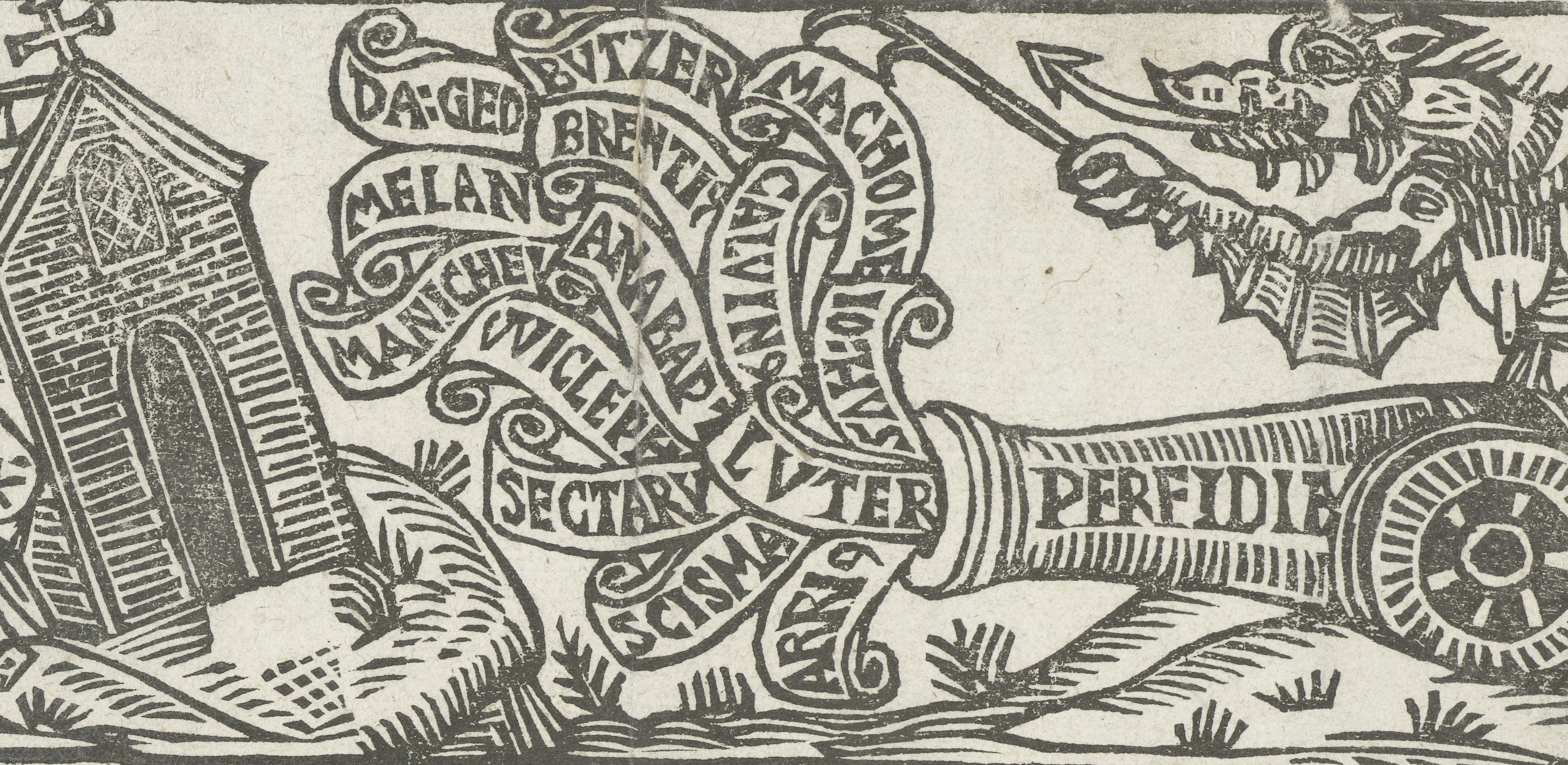Comparisons of Religions in the Ius Commune of the Late Middle Ages: Functions and Criteria
DOI:
https://doi.org/10.46586/er.11.2020.8885Keywords:
Jews, Muslims, Gentiles, Heretics, marriage law, conversion, Roman law, Canon lawAbstract
In medieval legal commentaries, comparisons of religions served—above all—as an egress from structural imbalance: numerous regulations pertaining to Jews and heretics are contrasted by only a few regulations regarding Gentiles and Muslims. Lawyers applied three main criteria of comparison: a dogmatic proximity to Christianity; a weighing up of the guilt of sin; and the implications for the social order. Depending on the criterion, the results of these comparisons could be varied. The dogmatic proximity of Judaism to Christianity and the social compatibility of Jewish with Christian life continued to be emphasized until early modern times. The privileged position of the Jews, inherited from Roman law, was however ultimately replaced by a comparatively better social position of the Muslims. In the process, fragments of theological discourse were selectively adopted. A special dynamic of legal development can be observed on the Iberian peninsula in particular.
Published
Issue
Section
License
Copyright (c) 2021 Thomas Woelki

This work is licensed under a Creative Commons Attribution 4.0 International License.

